The OnePlus 3 is a serious contender
By Dan Seifert
Carl Pei wants you to believe in OnePlus. It’s been three years since this 26-year-old co-founded the company, and as he’s talking to me, the OnePlus 3, the company’s latest flagship, is due to arrive in less than a week. Things are different this go-around: the infamous OnePlus hype machine has been operating far more quietly than in prior years and the much-hated invite system to buy phones has been scuttled.
"We’re using a different approach for our third year," says Pei. "As a company grows, expectations change and we have to be more responsible of a company. We just couldn’t sell on an invite system at this point in the company’s history." The new phone is available direct from OnePlus starting today, without requiring you to jump through any hoops to buy it.
No matter how it’s sold, the OnePlus 3 might be the first affordable phone that truly makes good on the promise to be as great as the high-priced flagships from the likes of Samsung and HTC. It has everything we’ve come to expect from high-end Android phones — fast processor, premium design, capable camera, quick charging, a great display — but sells for just $399 unlocked. That’s about $300 less than you’ll pay for a Samsung Galaxy S7 or HTC 10, which have similar specs and features.
We’ve heard this pitch from Pei and OnePlus before: the OnePlus 2 was billed as a "2016 flagship killer" even though it was released in 2015. That phone showed promise, but lacked table stakes features such as quick charging and NFC. Pei is much more realistic this year: he says the OnePlus 3 is "competitive to flagships of this generation in terms of specs."
Pei wants you to believe that OnePlus has learned a thing or two over the past few years, that it’s a more mature company and not just a scrappy upstart. Mostly, he wants you to believe that a young company like OnePlus can produce a device that’s as good as, if not better than, the established stalwarts in the smartphone industry.
After spending the past week with the OnePlus 3 in my pocket, I’m beginning to feel like a believer.
The first lesson OnePlus learned for this year’s phone is evident when you pick up the OnePlus 3. It’s an incredibly well-built device, with a unibody aluminum finish, tight tolerances, and good proportions. Unlike last year’s brick-like OnePlus 2 or OnePlus X that were rough around the edges, the 3 is comfortable to hold, thin without being too thin, and agile when going in and out of my pocket. These are the kinds of things that much older companies like Samsung and HTC took years to get right and are still figuring out, yet OnePlus has managed to pin down in just three generations.
The OnePlus 3’s design is far from original — it looks like the love child of an HTC and a Huawei with the front of an iPhone 6S — but it’s attractive and functional. It doesn’t turn heads like Samsung’s Galaxy S7 Edge, but it’s not so generic as to look like an unfinished reference design. The smooth, matte metal back isn’t as unique as the sandpaper-like finish on the OnePlus 2, but the company is selling a case with that finish for the new phone.
THE ONEPLUS 3'S DESIGN ISN'T WHOLLY ORIGINAL, BUT IT'S REFINED AND FUNCTIONAL
The fingerprint scanner below the display is fast and reliable — a significant improvement over the OnePlus 2’s — and the 3 still has the super useful switch on the side for toggling between Android’s three notification settings. It’s by far my favorite hardware feature on the phone and something I wish all Android phones came equipped with.
If you’re reading the OnePlus 3’s spec sheet, you might notice that its 5.5-inch 1080p display isn’t as high-resolution as the screens on the Galaxy S7, HTC 10, and other phones released this year. But if you didn’t look at the spec sheet and just used the phone, you’d be hard-pressed to notice the difference. Pei says it was a "conscious choice" to use a 1080p screen in place of a higher-resolution option, as it provides better performance and heat management than more pixel-dense screens. I’m inclined to agree: the AMOLED screen on the OnePlus 3 is bright, vibrant, easy to see outdoors, and at 401ppi, plenty sharp enough for human eyes. You might want something more pixel-densefor virtual reality, but for everything else you use a smartphone for, the OnePlus 3’s screen is more than sufficient.
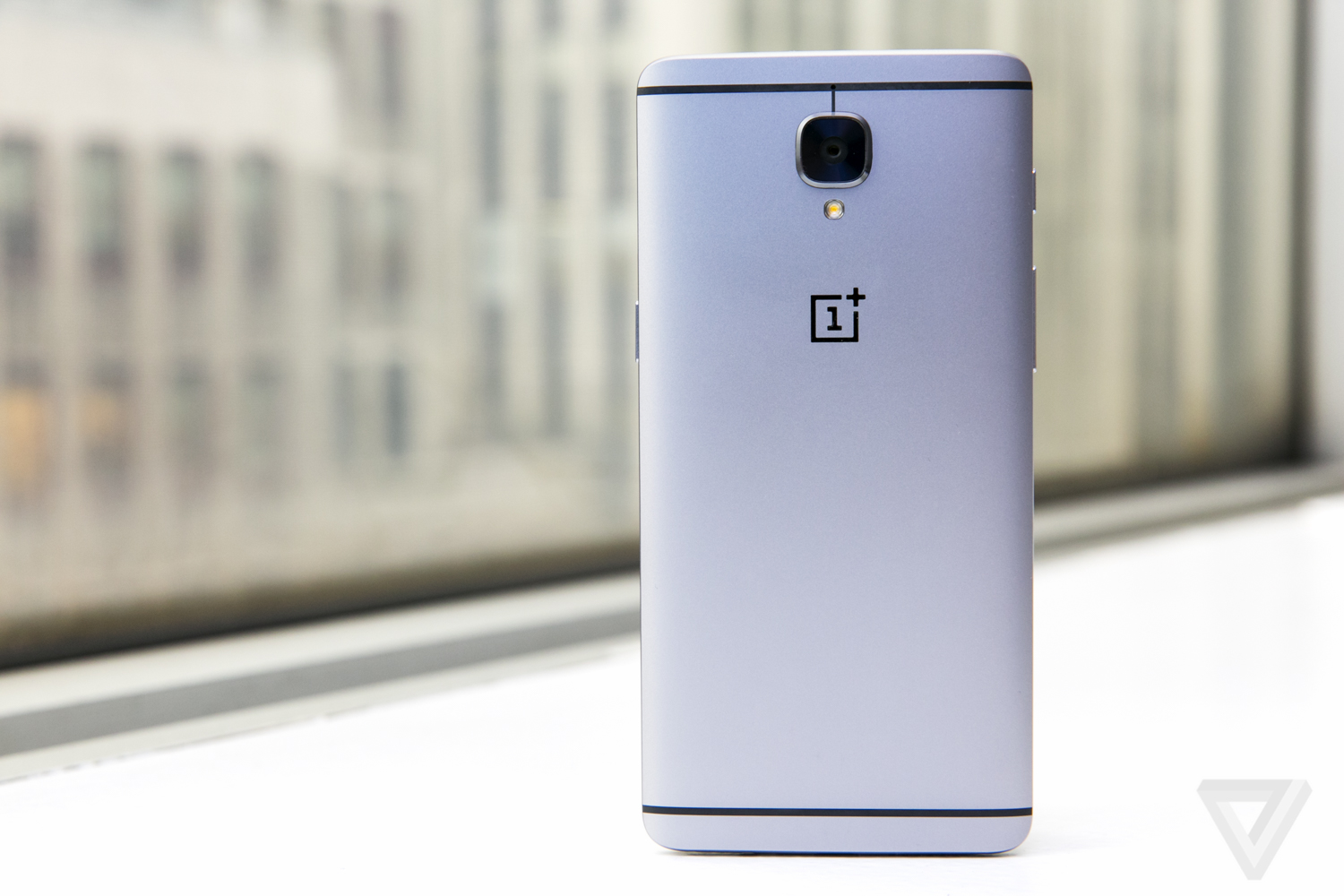
The next lesson OnePlus learned for the 3: don’t omit useful hardware features. "Our main customer base is early adopters," admits Pei. "We’re shifting our thinking towards that and giving them what they’re asking for."
Like the OnePlus 2, the OnePlus 3 charges through a USB Type-C port, but this time around, it also offers quick charging. OnePlus calls it Dash Charging, and like competing solutions from Qualcomm, Samsung, and others, it can recharge most of the phone’s battery in just a few minutes. Pei says the 3 can get "a day of use from half an hour" of charging.
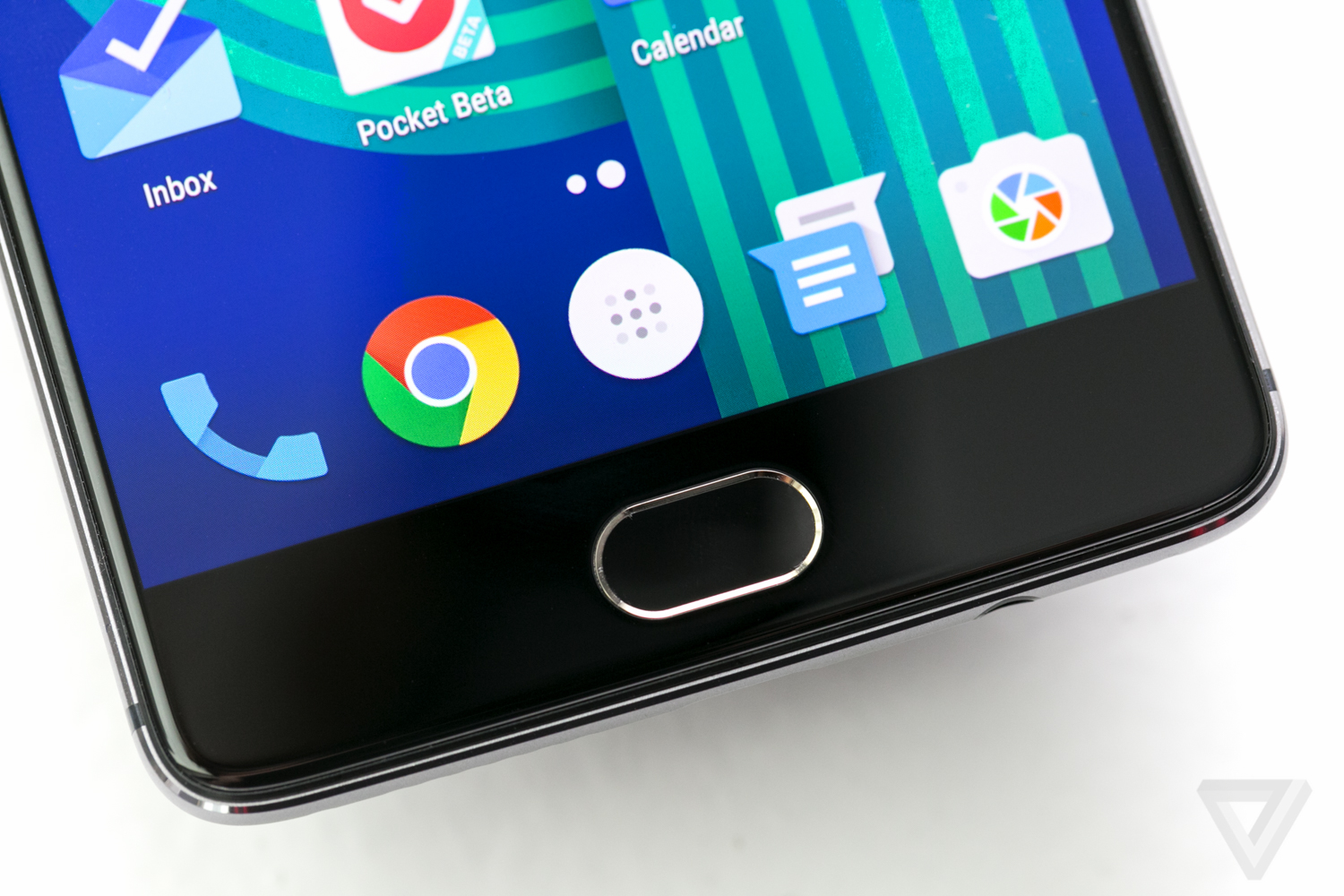
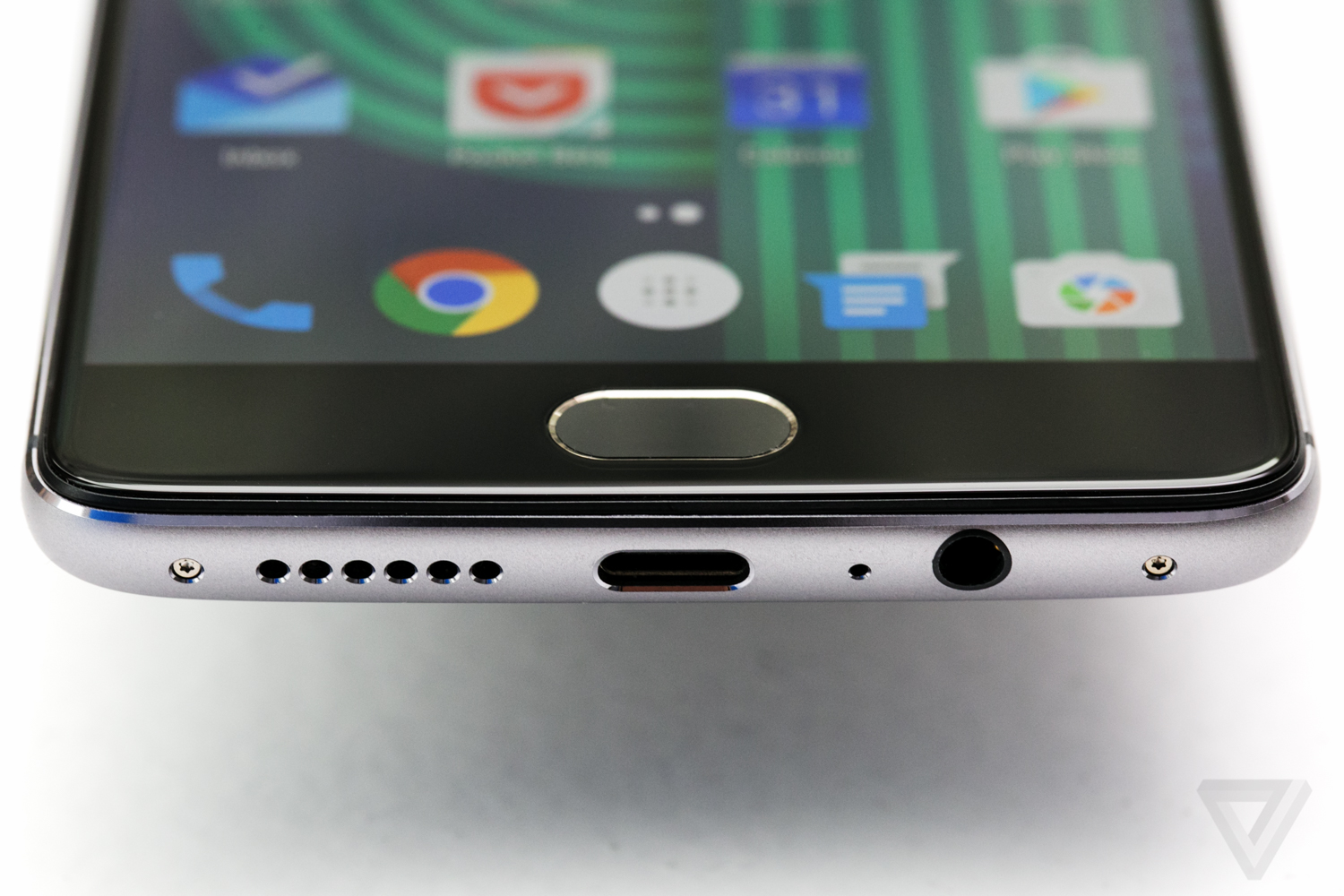
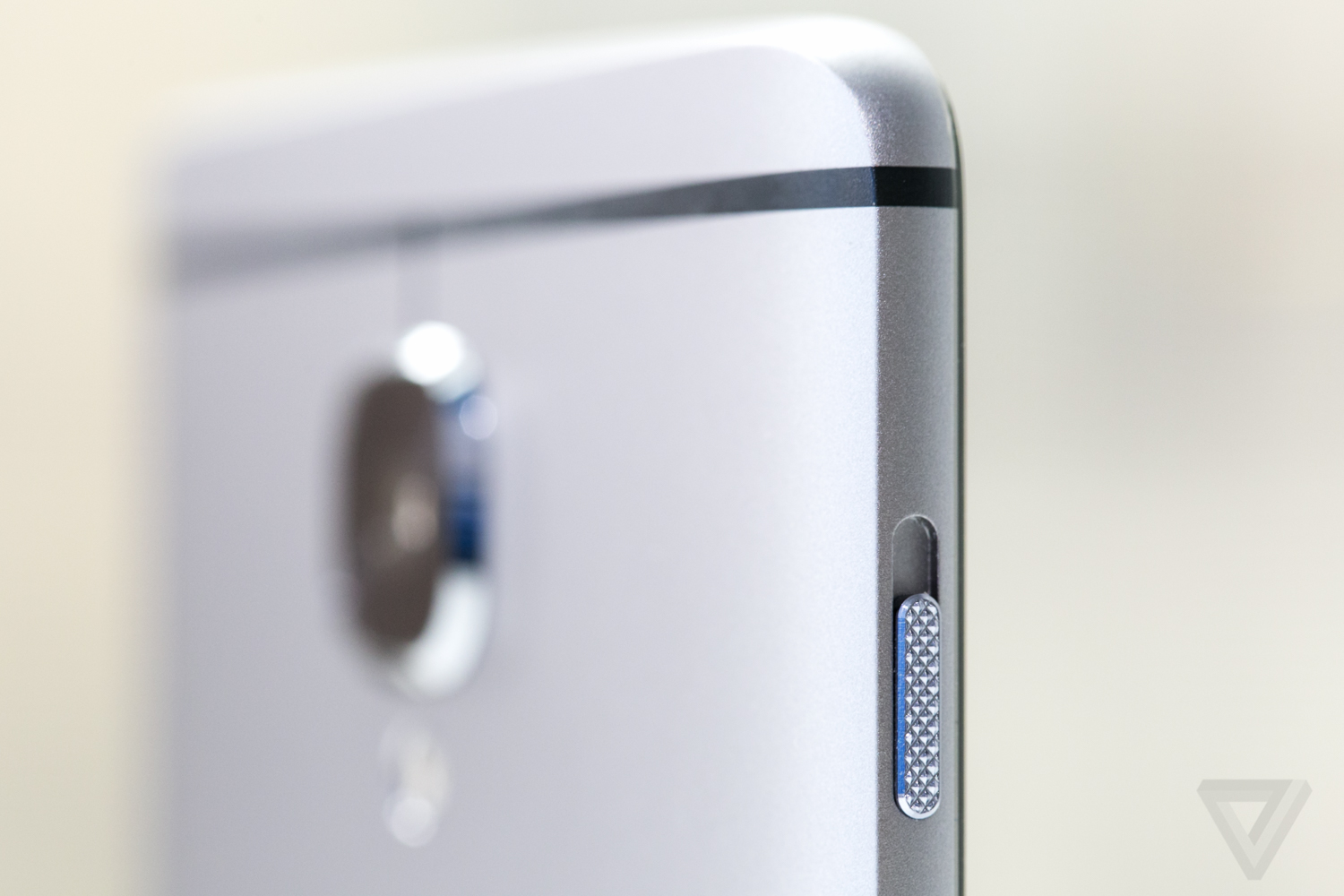 QUICK CHARGING AND NFC BOTH SHOW UP THIS YEAR
QUICK CHARGING AND NFC BOTH SHOW UP THIS YEAR
OnePlus’ charging system is a little different, however, as it offloads the current regulation to the charging brick instead of managing it in the phone. Translated, this means that the phone is cooler when it charges and you can still use it for gaming and other intensive activities without sacrificing fast charging speeds. The downside is that in order to have quick charging, you have to use the charger and cable that come in the box with the OnePlus 3 — other quick chargers or USB-C cables will only charge the device at standard speeds. OnePlus is selling a compatible car charger and additional wall chargers for $29.95 and $19.95, respectively.
Another feature the OnePlus 3 has over its predecessor is an NFC chip, and it works for anything that supports NFC, including Android Pay and accessories that have tap-to-pair features.
The OnePlus 3 isn’t an exact match for a Galaxy S7 in terms of hardware features — it doesn’t have any water resistance or wireless charging — but it costs so much less than an S7 that I’m inclined to forgive those omissions. Other phones, such as the HTC 10 and LG G5, don’t offer those features either, so it’s not like the OnePlus 3 is alone in not having them.
Under the hood, the OnePlus 3 is competitive with or better than the best Android phones you can buy today. Its Snapdragon 820 processor is the same chip found in the S7, HTC 10, and LG G5, and the 6GB of RAM in the OnePlus 3 is actually more than you’ll get in any other smartphone right now. In my experience, the OnePlus 3 has no performance issues or hiccups: the interface is fast and responsive and it handles everything from messaging to multitasking to gaming with ease. The phone comes with 64GB of storage — there are no options beyond that — but it doesn’t support expansion through microSD. Pei says that few customers bought the entry level OnePlus 2 that had 16GB of storage, so efforts were focused on the most popular model this time around.
The 3,000mAh battery in the OnePlus is good enough to keep it going for a full day of heavy use and the aforementioned quick charging features make it easy to top up when needed. Of all the phones I’ve used this year, the only one that does better is the Samsung Galaxy S7 Edge, and that’s only because it has a 20 percent larger battery.
OnePlus is selling the 3 unlocked, but it’s only compatible with AT&T, T-Mobile, and their related MVNOs in the US. It does not work on Verizon or Sprint and likely never will — Pei says that supporting CDMA networks requires more engineering and support resources than OnePlus can devote at this time. The OnePlus 3 does have support for two nano SIM cards at the same time, which is a great feature if you frequently travel internationally.
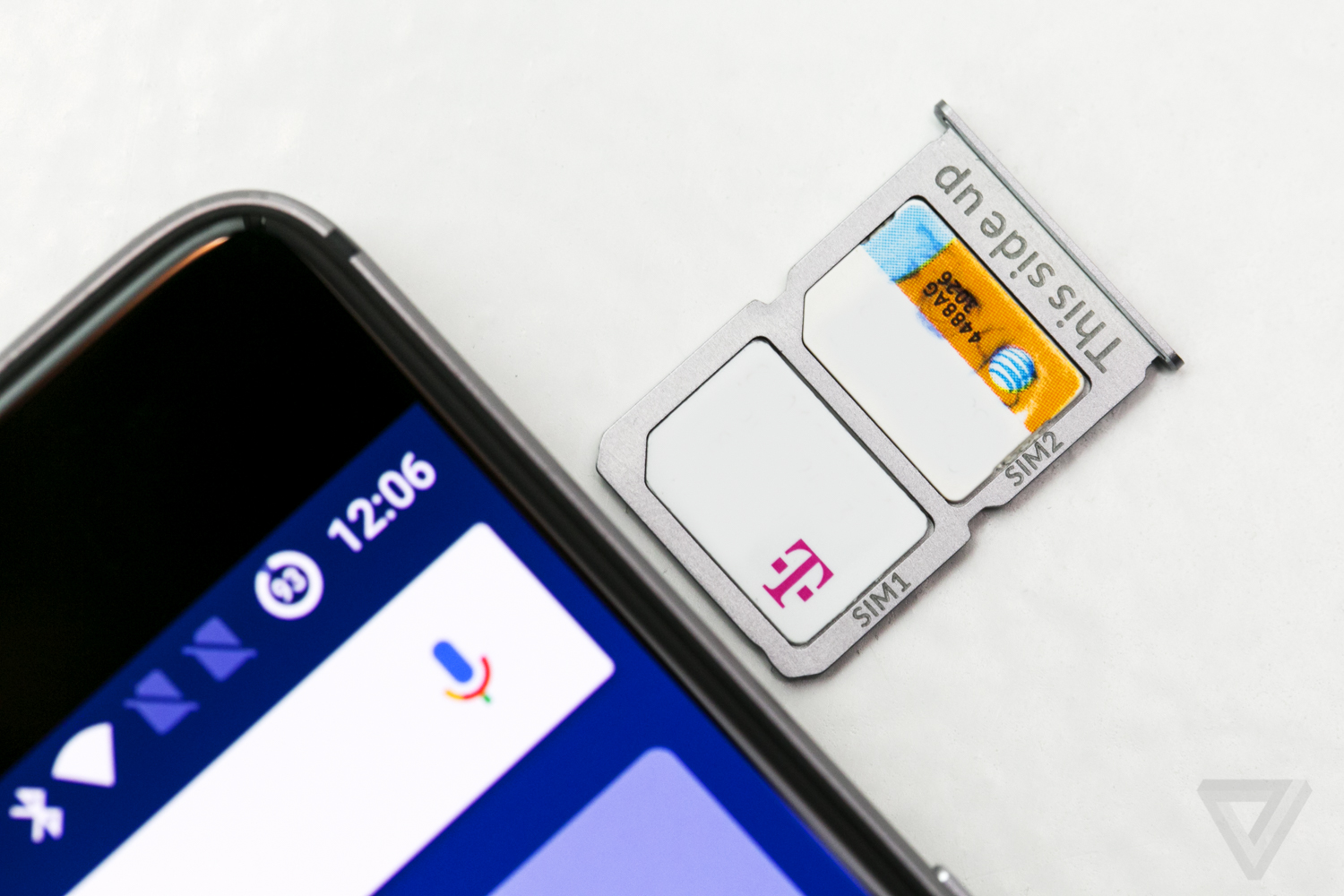
OnePlus also learned that in order to have a competitive smartphone, it needs to have an excellent camera, and the 16-megapixel camera on the OnePlus 3 is much improved over last year’s phone. It has an f/2.0 aperture lens, optical image stabilization, and 4K video capability.
Unlike last year’s phone, the camera is very fast to launch and fast to focus, and takes good photos in both good and poor lighting. It’s not as good of a camera as the class-leading Galaxy S7, but not being the absolute best doesn’t take away from the fact that it’s still good. Colors are accurate and images are sharp and detailed. My only complaint is that the camera tends to rely on its optical stabilization too much, extending the shutter speed and making it more difficult to capture moving subjects than it should be.
The camera app is spartan, but still offers a manual mode and control over things like HDR and resolution. OnePlus added an "HD" setting for stills, but I’m not a fan — it increases the sharpening to unpleasant levels and I just kept it off as a result.

The company is still learning things with its software, but the build of Android 6.0 Marshmallow on the OnePlus 3 is much more polished and more reliable than the software the OnePlus 2 launched with. It’s very close in appearance to the software that ships on Nexus devices, and it doesn’t have a custom interface or major functionality differences from Google’s Android.
It does have a bunch of useful features, though, many of which have been borrowed from other smartphones. I can double-tap the home button or the power button to launch the camera, or I can wave my hand over the display to see the clock and any new notifications. I can double-tap the screen to wake it up, or set it so the screen comes on when I pull the phone out of my pocket. None of these features are particularly new, but they improve my everyday use of the phone. Other things, such as a night mode (think Apple’s NightShift on the iPhone) and dark theme are more novel, but a little unfinished. The night mode doesn’t turn on and off automatically and the dark theme only applies to a few areas of the settings menu.
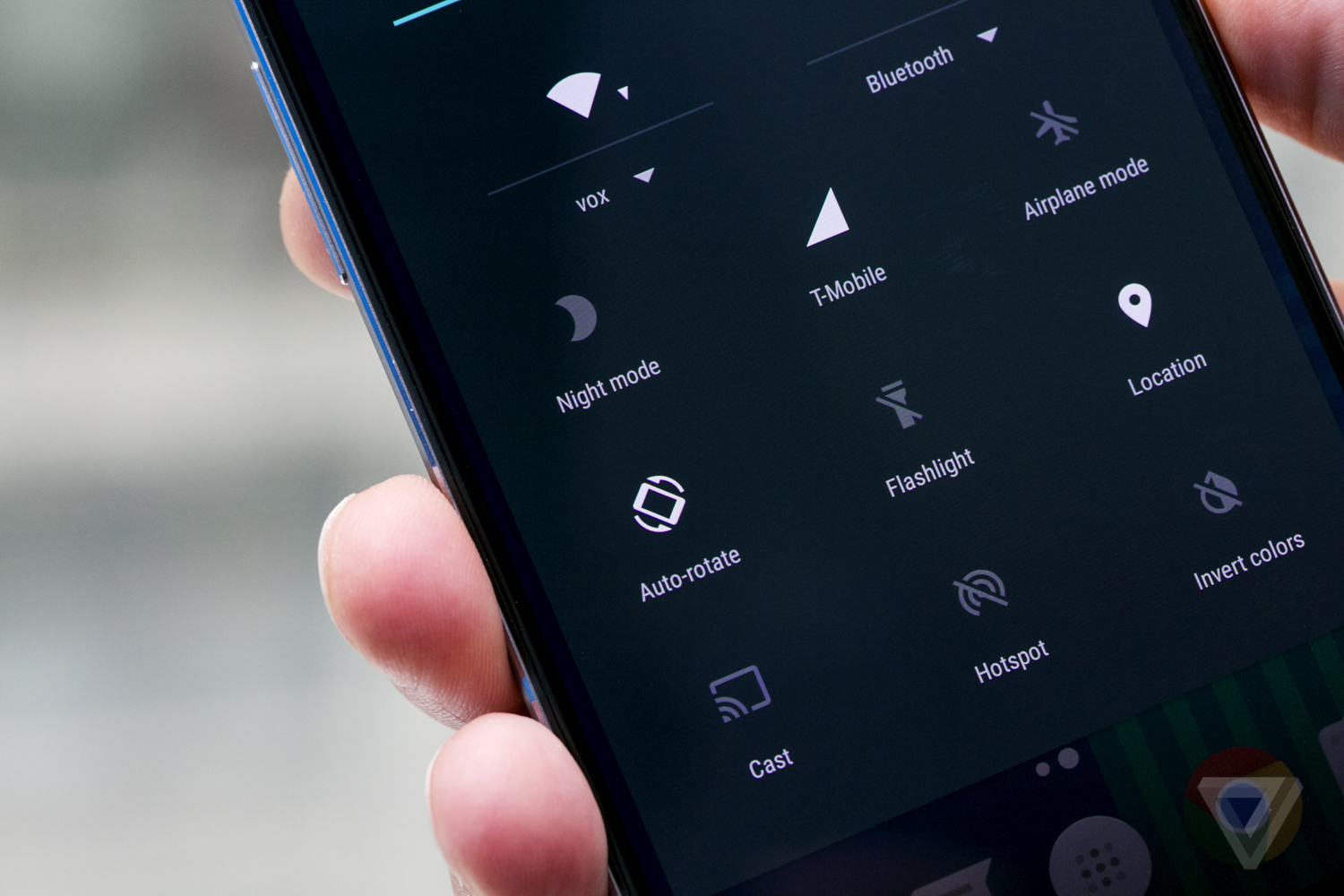
The OnePlus 3 is refreshingly free from the bloatware and garbage apps pushed on phones by carriers. Aside from the usual suite of Google apps, the only preinstalled apps on the phone are basic file management, image gallery, and music playing apps. "Eventually there will be grander [software] ambitions," says Pei, "but for the OnePlus 3, we focused on three pillars: speed, battery life, and stability." That focus is evident in my experience with the device: it’s fast, efficient, and stable without any glaring issues.
SOFTWARE UPDATES REMAIN AN OPEN QUESTION
The open question here is: how long will it take for OnePlus to deliver software updates to the 3? The OnePlus 2 was promised to get Android Marshmallow as soon as the new software was announced last fall, but after months of delays, it only just received the update a little over a week ago. Pei won’t commit to an update schedule for the OnePlus 3, but he admits that OnePlus’ early adopter customers want to see fast updates. "The biggest lesson we’ve learned over the past few years [with software] is to show and not just tell," says Pei.
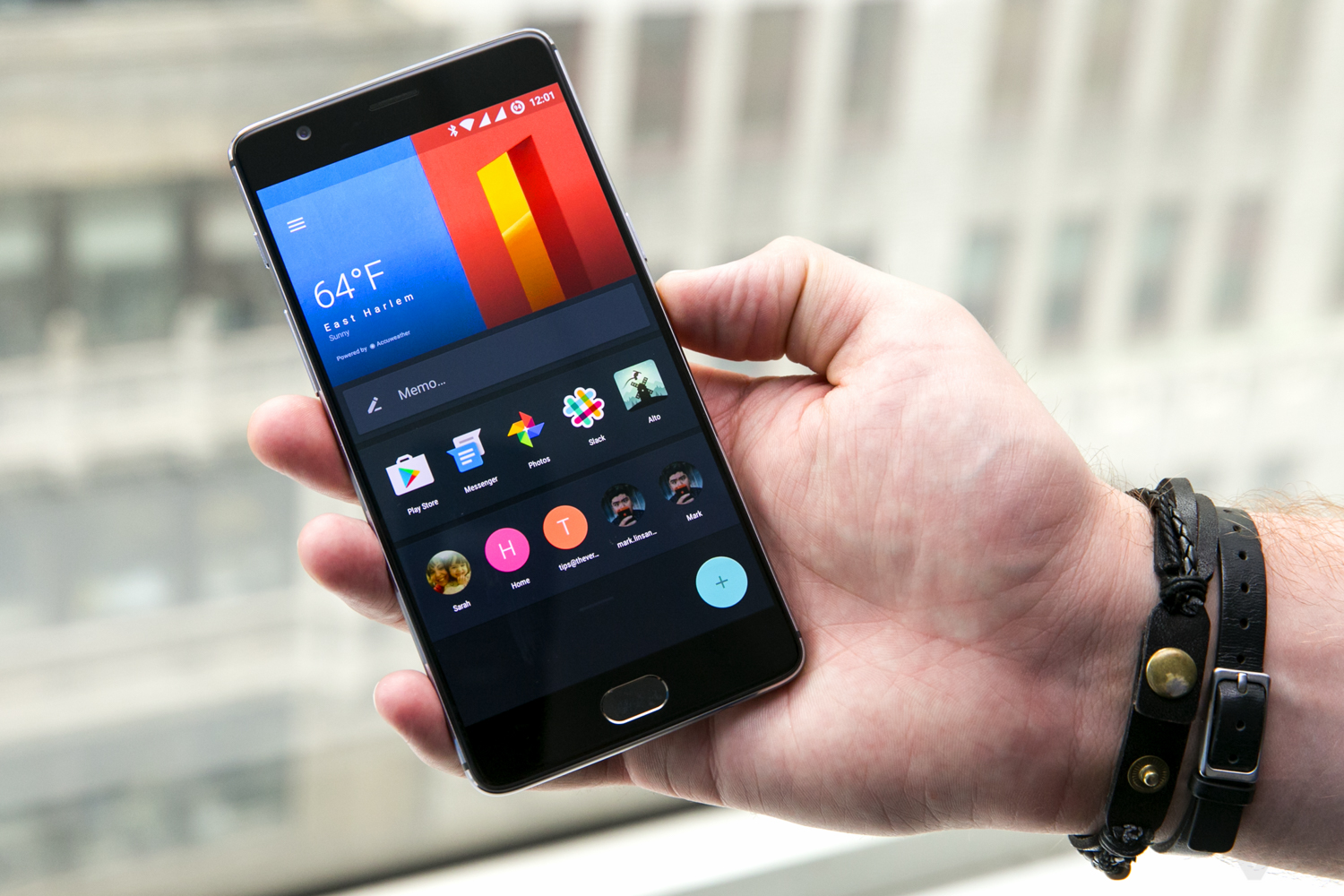
With the invite system and over-the-top marketing claims a thing of the past, OnePlus is leaning on the strength of its product. Fortunately for the company, the OnePlus 3 is an incredibly strong product to lean on. It hits all the marks for what an Android phone should offer in 2016, and it does so at a price that’s significantly less than the competition.
The OnePlus 3 isn’t perfect: you can’t use it at all if you’re a Verizon or Sprint customer, and depending on your priorities, it might not have everything on your wish list. But it’s a significant step forward for OnePlus, in terms of both quality of the product and how you’re able to buy it. It’s also a step forward for the industry as a whole: it’s a device that keeps pace with much more expensive products while costing much less. The OnePlus 3 is the rare kind of phone that I can recommend without reservations, other from making sure it works on your carrier.
THE ONEPLUS 3 IS A SIGNIFICANT STEP FORWARD FOR THE COMPANY
As our chat comes to an end, Pei notes that future OnePlus "conversation will continue to go towards the product itself" and the company is "confident about future products." If OnePlus’ future phones are as good as the OnePlus 3, I’ll be happy to keep talking.
Photography by Amelia Krales
Video by Phil Esposito
| The Verge http://www.theverge.com/2016/6/14/11931290/oneplus-3-android-smartphone-review --- News Suite bit.ly/newssuiteapp








No comments:
Post a Comment